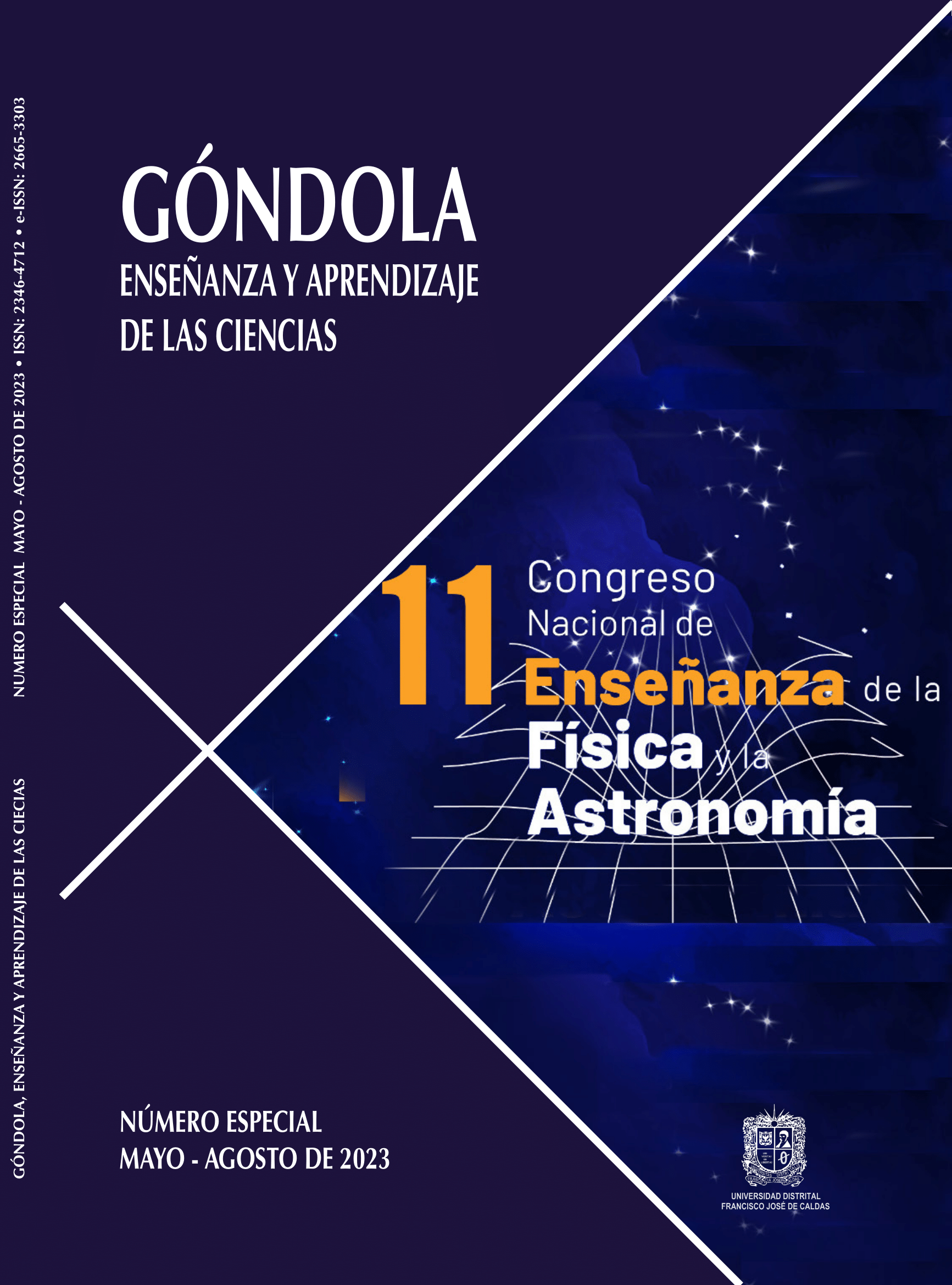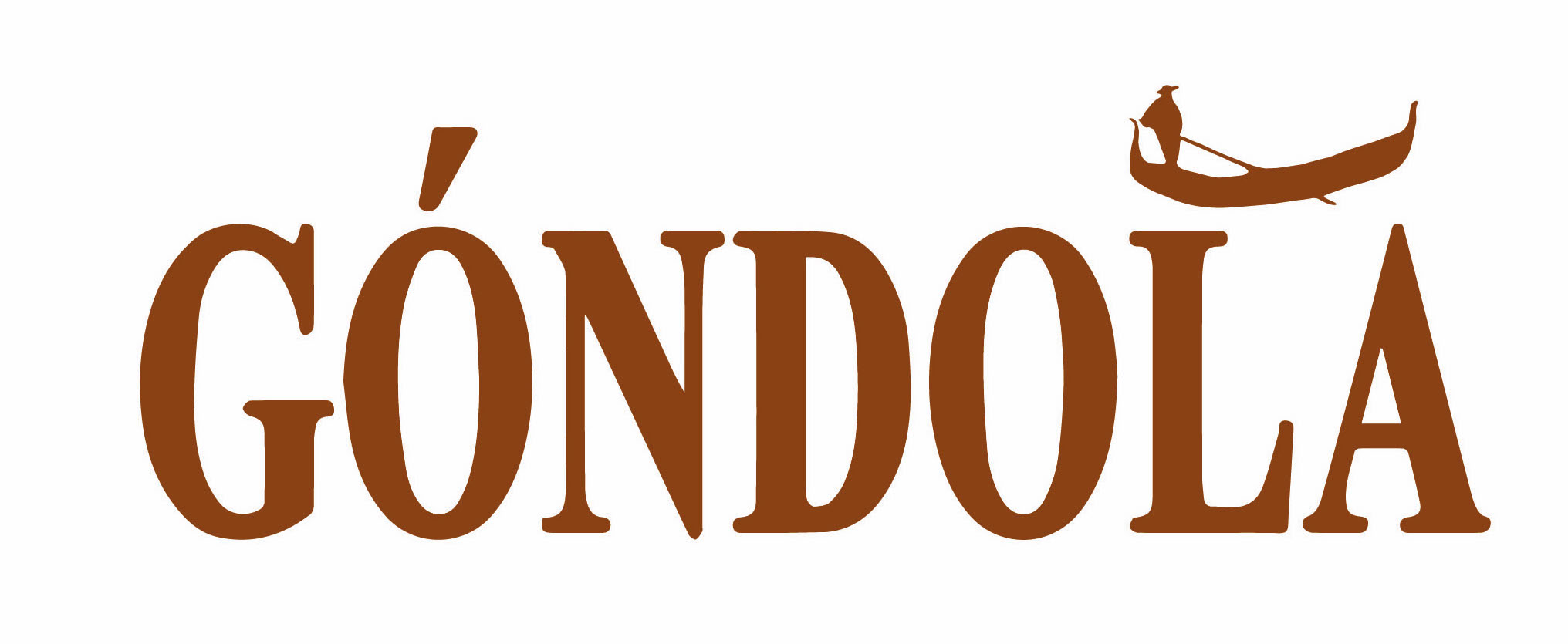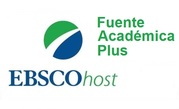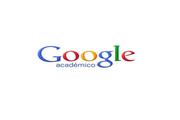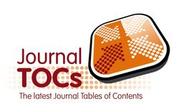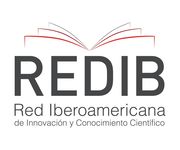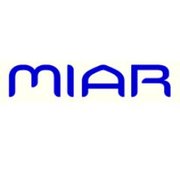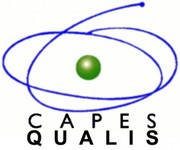DOI:
https://doi.org/10.14483/23464712.21326Published:
2023-10-09Arduino Uno, Oportunidad de Aprendizaje en la Enseñanza del Sonido
Arduino Uno, Learning Opportunity in the Teaching Sound
Arduino Uno, Oportunidade de Aprendizado no Ensino de Som
Keywords:
Sound, Experimentation, Circuit (en).Keywords:
Sonido, Experimentación, Circuito (es).Keywords:
Som, Experimentação (pt).Downloads
Abstract (es)
La presente experiencia tiene como objetivo responder a la pregunta ¿Cómo la implementación del Design Thinking como metodología de Innovación permite a los estudiantes de grado 11° de la institución Educativa Fagua identificar las características principales del sonido por medio del uso de Arduino uno?, puesto que, debido a la infraestructura de la institución, la contaminación auditiva desfavorece los procesos de enseñanza y aprendizaje. La metodología implementada para desarrollar esta experiencia fue el design thinking; esta estrategia permitió observar el problema, proponer un plan de acción, implementarlo y finalmente evaluarlo. Los principales resultados obtenidos fueron el desarrollo de una herramienta denomina semáforo de ruido en la que los estudiantes lograron determinar si la altura del sonido interfería en la intensidad que este provocaba, determinando por ellos luego del desarrollo del circuito que la altura interfiere en la intensidad pues, tanto sonidos agudos como graves pueden ser emitidos con la misma intensidad.
Abstract (en)
The present experience aims to answer the question How the implementation of Design Thinking as an Innovation methodology allows 11th grade students of the Fagua Educational Institution to identify the main characteristics of sound using Arduino one? since, due to the infrastructure of the institution, hearing pollution disfavors the teaching and learning processes. The methodology implemented to develop this experience was design thinking. This strategy allowed us to observe the problem, propose an action plan, implement it, and finally evaluate it. The main results obtained were the development of a tool called noise traffic light in which the students managed to determine if the height of the sound interfered with the intensity that it caused, determining for them after the development of the circuit that the height interferes with the intensity because, both acute and low sounds can be emitted with the same intensity.
Abstract (pt)
A presente experiência tem como objetivo responder à pergunta Como a partir de Arduino é possível implementar um projeto para realizar o som do ensino e reflexão dos alunos sobre a poluição auditiva no 11º ano de uma instituição oficial?, uma vez que, devido à infraestrutura da instituição, a poluição auditiva desfavorecia os processos de ensino e aprendizagem. A metodologia implementada para desenvolver essa experiência foi o design thinking, essa estratégia permitiu observar o problema, propor um plano de ação, implementá-lo e, finalmente, avaliá-lo. Os principais resultados obtidos foram o desenvolvimento de uma ferramenta chamada semáforo de ruído em que os alunos conseguiram determinar se a altura do som interferiu na intensidade que causou, determinando para eles após o desenvolvimento do circuito que a altura interfere na intensidade porque, tanto sons agudos quanto baixos podem ser emitidos com a mesma intensidade.
References
Arduino. sf. ArduinoBoardUno. Recuperado el 22/02/2022 de https://www.arduino.cc/en/Main/arduinoBoardUno>#
Anderson, U. M. (1967). The incidence and significance of high-frequency deafness in children. American Journal of Diseases of Children, 113(5), 560-565 https://doi.org/10.1001/archpedi.1967.02090200092008 PMid:6024227
Becerra, D. (2014). Estrategia de aprendizaje basado en problemas para aprender circuitos eléctricos. Revista Innovación Educativa, 14 (64), 73-99
Eysel G. (2012). Effects of noise in primary schools on health facets in German teachers. Noise and Health, 14(58), 129
Figueroa Quispe, K., & Lozano Ttito, G. B. (2021). Efecto del ruido del tráfico vehicular en los procesos de atención visual y memoria auditiva en los escolares de sexto año de nivel primario.
García, T. C. S., & Cortez, L. P. S. (2019). Mapa cognitivo neutrosóficopara analizar la contaminación sonora y su relación con el aprendizaje de los estudiantes. Revista Asociación Latinoamericana de Ciencias Neutrosóficas. 9(5), 44-52.
Haines, M. M., (2001). Chronic aircraft noise exposure, stress responses, mental health and cognitive performance in school children. Psychological medicine, 31(2), 265-277. https://doi.org/10.1017/S0033291701003282 PMid:11232914
Jiménez. T, et al. (2012). Noise, what noise? Raising awareness of auditory health among future primary-school teachers. Teaching and Teacher Education, 28(8), 1083-1090. https://doi.org/10.1016/j.tate.2012.06.002
Males, I., & Belén, J. (2020). La contaminación auditiva en el proceso enseñanza aprendizaje (Bachelor's thesis, Quito: UCE). T-UCE-0010-FIL-919.pdf
Organización de las Naciones Unidas para la Educación, la Ciencia y la Cultura. (2016). Innovación Educativa en Serie "Herramientas de apoyo para el trabajo docente". Editora y Comercializadora CARTOLAN E.I.R.L. Lima, Perú.
Shield, B. M. (2008). The effects of environmental and classroom noise on the academic attainments of primary school children. The Journal of the Acoustical Society of America, 123(1), 133-144. https://doi.org/10.1121/1.2812596 PMid:18177145
Skye, J. (2016). Tipos de Contaminación. lovetoknow, 5-8.
Van Kempen, et al. (2010). Neurobehavioral effects of transportation noise in primary schoolchildren: a cross-sectional study. Environmental health, 9(1), 1-13. https://doi.org/10.1186/1476-069X-9-25
Yee Choi, C., & McPherson, B. (2005). Noise levels in Hong Kong primary schools: Implications for classroom listening. International Journal of Disability, Development and Education, 52(4), 345-360. https://doi.org/10.1080/10349120500348714
How to Cite
APA
ACM
ACS
ABNT
Chicago
Harvard
IEEE
MLA
Turabian
Vancouver
Download Citation
License
Copyright (c) 2023 Autor y Góndola. Enseñanza y Aprendizaje de las Ciencias

This work is licensed under a Creative Commons Attribution-NonCommercial-NoDerivatives 4.0 International License.
Gondola, Ens Aprend Cienc. is an open-access publication, free of charge for authors and readers. The publication, consultation or download of the contents of the magazine does not generate any cost for the authors or the readers, since the Francisco José de Caldas District University assumes the expenses related to edition, management and publication. The peer evaluators do not receive any economic retribution for their valuable contribution. The work of all the actors mentioned above is understood as a contribution to the strengthening and growth of the research community in the field of Science Education.
As of December 1, 2018 the contents of the journal are published under the terms of the Creative Commons License Attribution-Noncommercial- ShareAlike 4.0 International (CC-BY-NC-SA 4.0), under which others may distribute, remix, retouch, and create from the work in a non-commercial way, give credit and license their new creations under the same conditions.
The copyright holders are the authors and the journal Gondola, Ens Aprend Cienc. The holders retain all rights without restrictions, respecting the terms of the license in terms of consultation, downloading and distribution of the material.
When the work or any of its elements is in the public domain according to the applicable law in force, this situation will not be affected by the license.
Likewise, we encourage authors to deposit their contributions in other institutional and thematic repositories, with the certainty that culture and knowledge is a good of all and for all.

